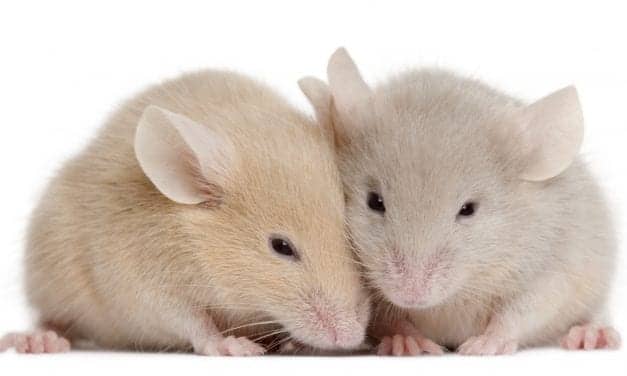Decoding the Functions of Different Cochlear Nucleus Cells
Researchers have identified and mapped diverse cell types in the cochlear nucleus, a critical part of the auditory system, advancing understanding of how our brains process sounds and paving the way for targeted treatments for auditory disorders.



















